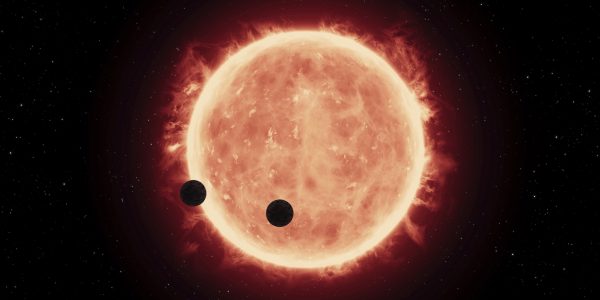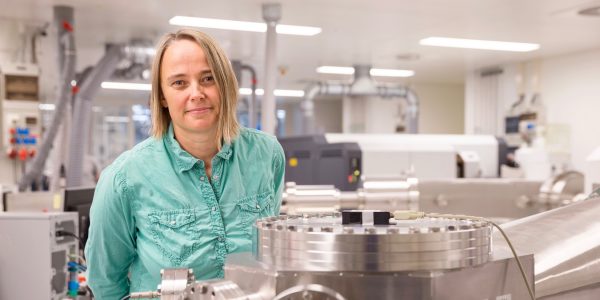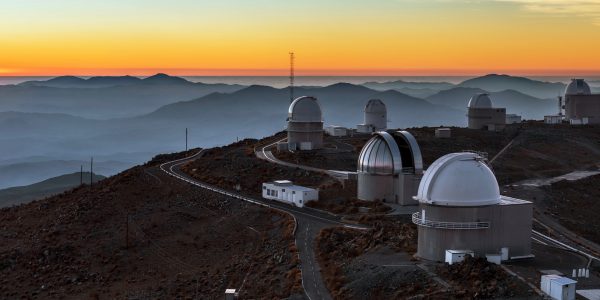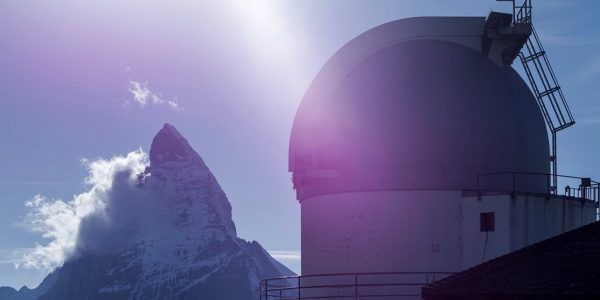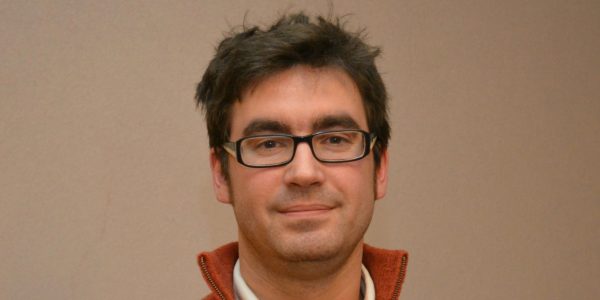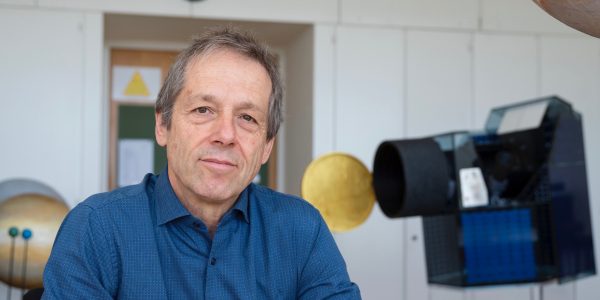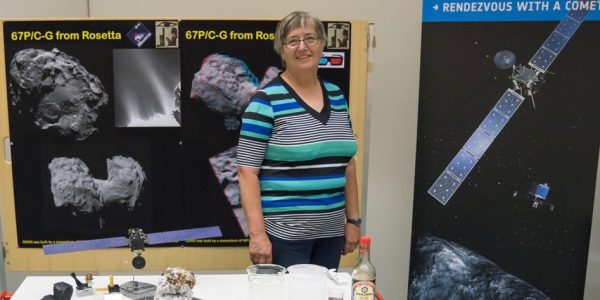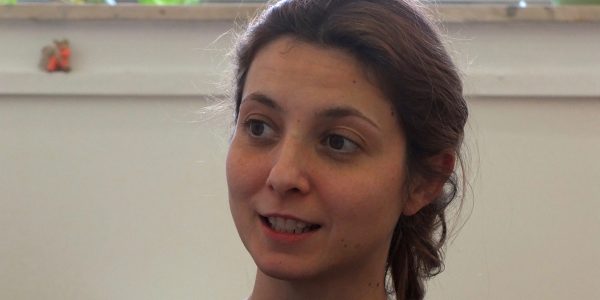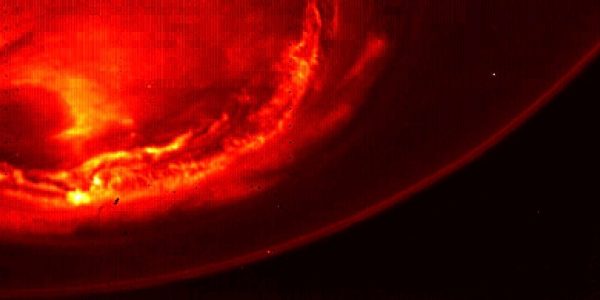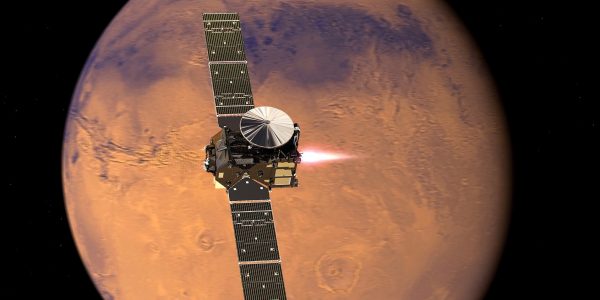External Newsletter
Research highlights
In modern astronomy researchers not only observe celestial objects, but also build them in computers and follow their evolution over time. These simulations reveal exciting new insights that – of course – have to be validated by observations. In the last few weeks, members of PlanetS published new results about comets, giant planets and earth-sized […]
Continue ReadingHow taxpayers benefit
Click on “next” to see the first/next question. Click on the images to find out what she/he answers. The interviews were first published in the magazine “Schweizer Familie”, No. 41/2016. [interactive language=”EN”]
Continue ReadingObserving in La Silla logbook
The cliché of the astronomer spending all his/her time the eye behind his/her telescope, looking to the sky, is outdated. Most of the life of the current astronomer is spent behind the screen of a computer. However there are still times where he/she goes to observe, in some remote place like La Silla observatory in […]
Continue ReadingSpace Trip on the Gornergrat
This October, the Stellarium Gornergrat launched two special weeks called “Space Trip” for hotel guests on site. Being a new format, we awaited the premiere with great expectations and were not disappointed. By Timm Riesen During the Space Trip weeks, hotel guests were offered one or two activities every day, introducing them to the night […]
Continue ReadingFOUR ACES wins ERC grant
On Thursday 17 November the European Research Council (ERC) announced to David Ehrenreich, leader of NCCR PlanetS sub-project 3.2 in Geneva, that his project submitted in February 2016 would be funded by a Consolidator grant. This grant is awarded by the ERC to researchers who have between 7 and 12 years of experience and it […]
Continue ReadingProxima Centauri b
Dear Reader, The discovery of Proxima Centauri b is nothing short of extraordinary: A planet with a mass that appears similar to that of the Earth is orbiting in the habitable zone of our nearest star! We could not have hoped for anything better! The star is sufficiently close that within the next decade instruments […]
Continue Reading“It was the most exciting mission”
On Friday 30 September 2016 the European spacecraft Rosetta will crash into the comet Churyumov-Gerasimenko. Aboard the Rosetta spacecraft is the instrument ROSINA, which was developed by Physics Professor Kathrin Altwegg and her team at the University of Bern. PlanetS: You will lose an instrument that you have grown very fond of – it has […]
Continue ReadingUnderstanding Giant Planet Formation
Ravit Helled occupies an office in the buildings of the Irchel campus, University of Zurich, Y11 building. She is with her son who is just a few weeks old, “although I could have been in the event organized by NASA for the arrival of Juno at Jupiter I could not go there, since I was […]
Continue ReadingAmazing Images of Jupiter
According to Scott Bolton, principal investigator of Juno from the Southwest Research Institute in San Antonio the north pole of Jupiter looks like nothing seen or imagined before. It’s bluer in color up there than other parts of the planet, and there are a lot of storms. Clouds have shadows, possibly indicating that the clouds are at a higher altitude […]
Continue ReadingArriving at Mars
On 19 October 2016, the spacecraft Trace Gas Orbiter (TGO) of the European ExoMars mission will manoeuvre into Mars orbit. On board is a camera built at the University of Bern, the Colour and Stereo Surface Imaging System CaSSIS. In the video Principal Investigator Nicolas Thomas explains what will happen after the arrival at Mars. […]
Continue Reading
